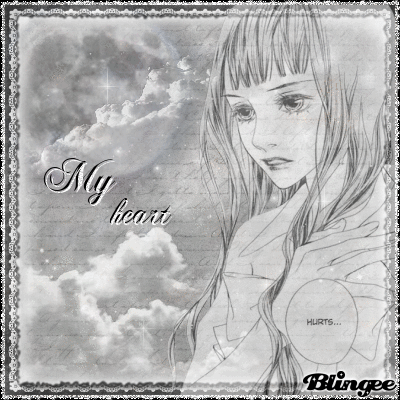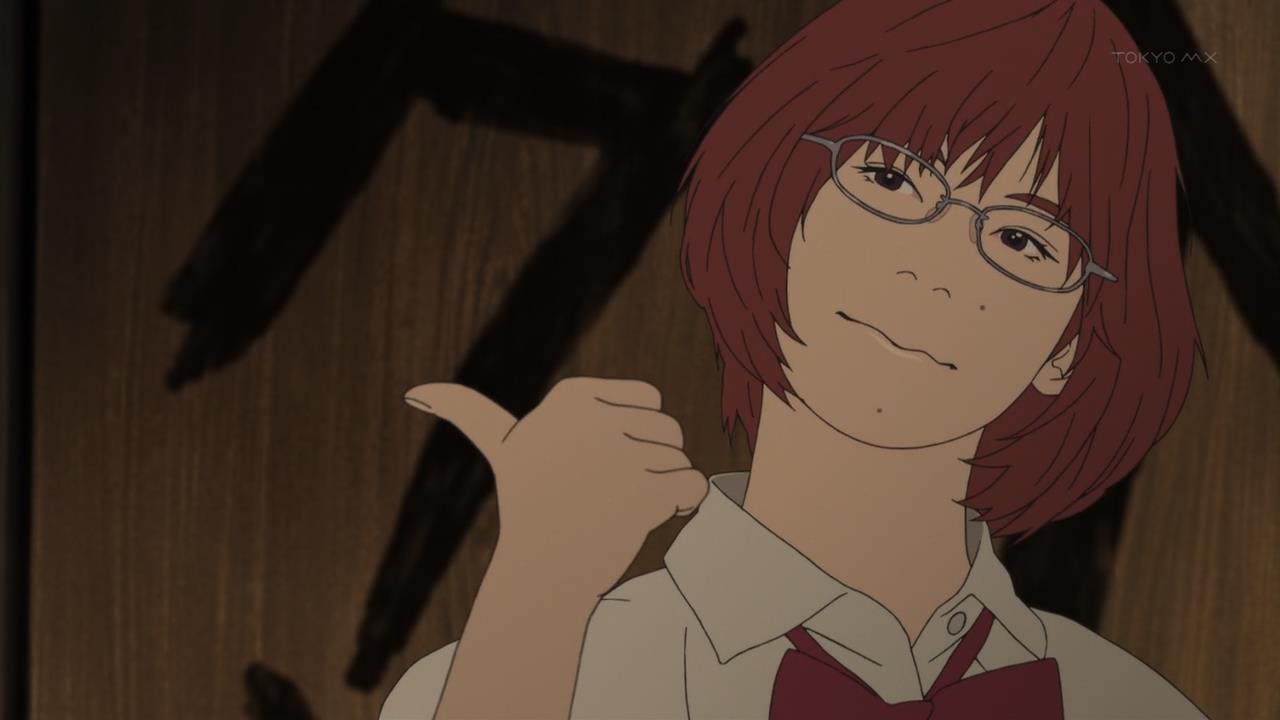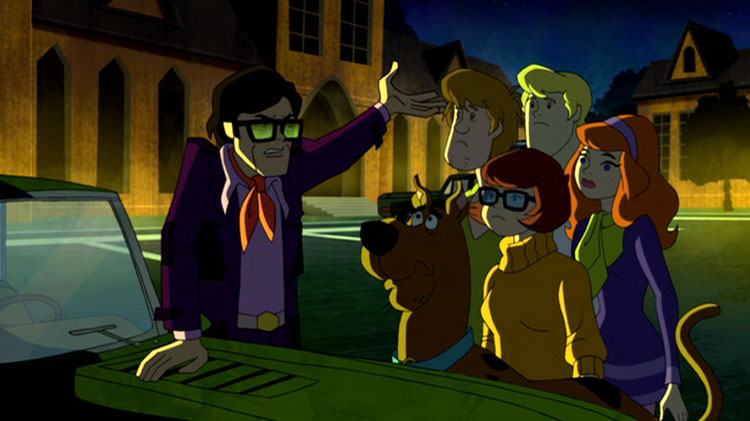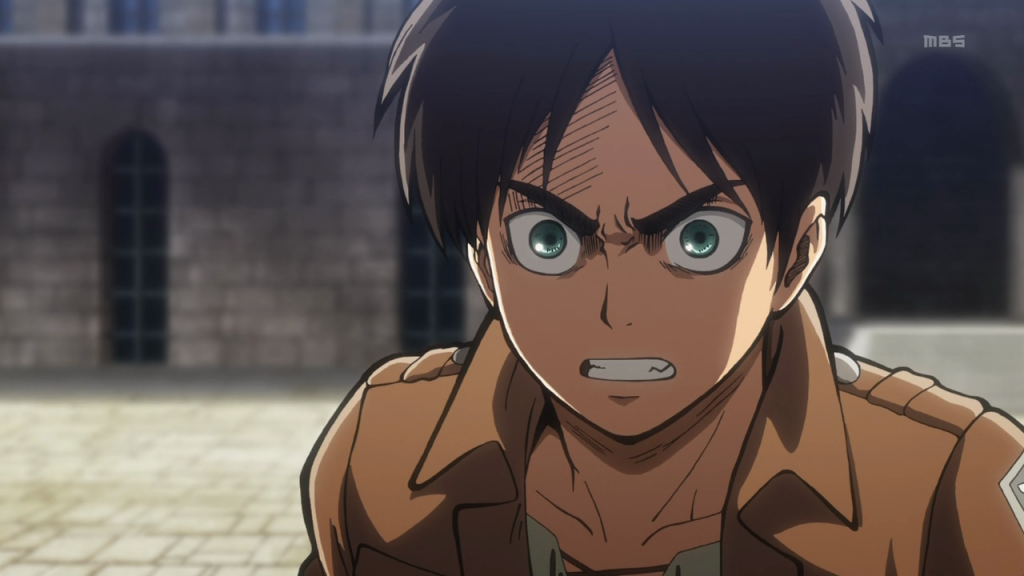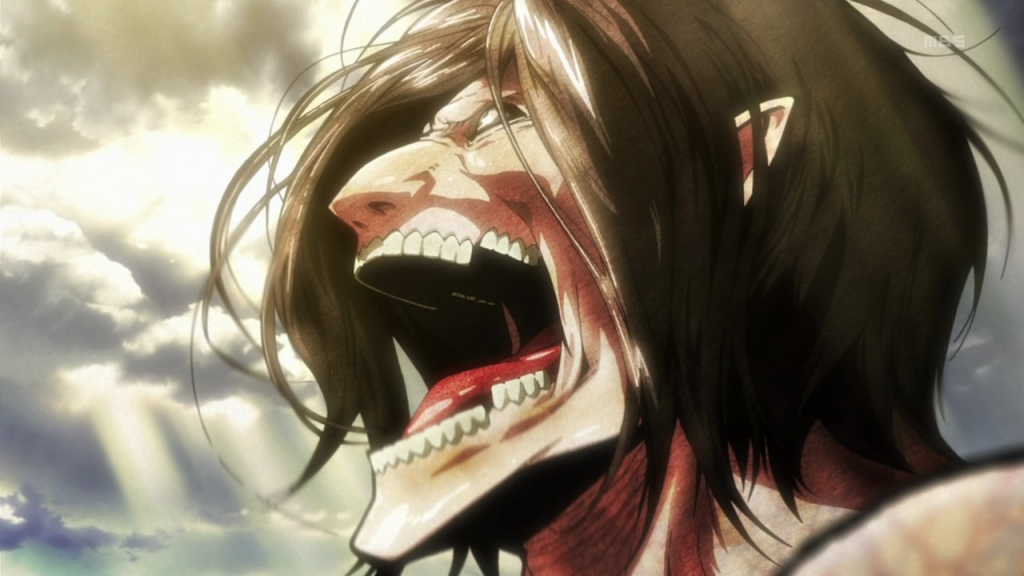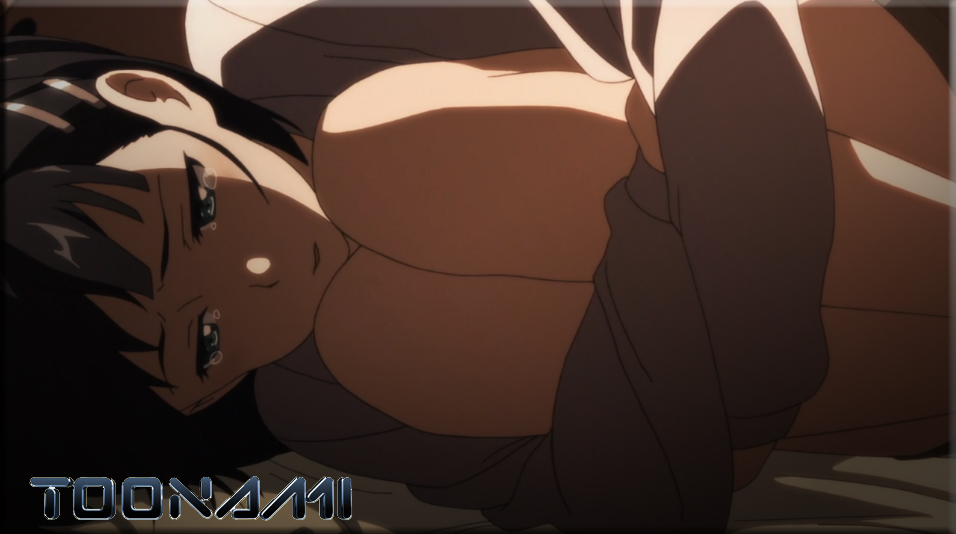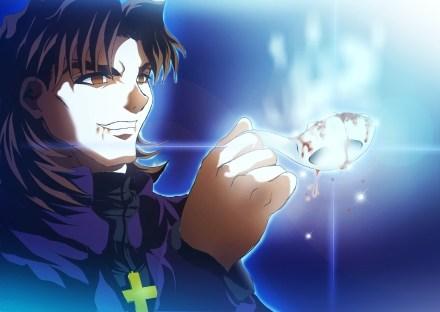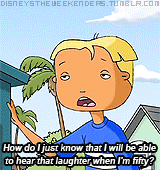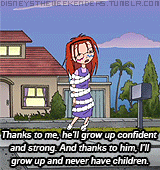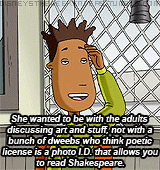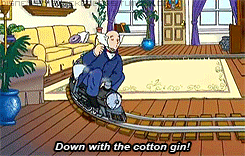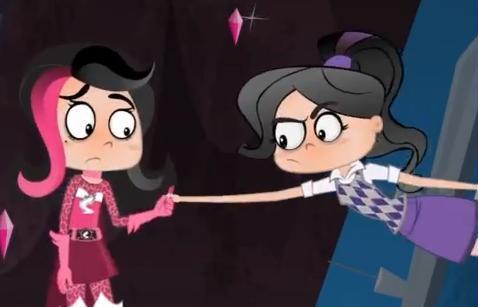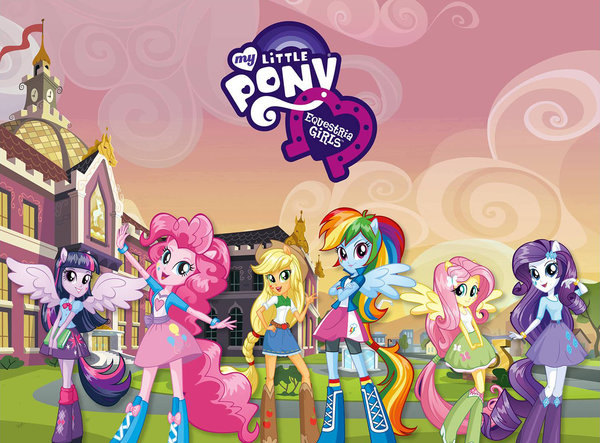
I don’t think I speak just for myself when I say that a lot of people in the My Little Pony: Friendship is Magic fan community were a bit skeptical of Equestria Girls. Despite what haters and websites such as Cracked were spewing, there were very few of us that were absolutely ecstatic to see our favourite characters ditch their equine forms for human ones. Every single brony saw Equestria Girls as it was: a cash grab, pure and simple. Not something to expand the show’s universe from a natural storytelling perspective, but something made simply to sell merchandise, merchandise, and more merchandise. And from the time the first trailer made its appearance online to the point where I was sitting down to watch the first few minutes of the film proper, I’d be lying if I said that my own opinion of the whole idea wasn’t all over the place. My thoughts on the project would go from “This movie could be pretty good” to “Equestria Girls undermines everything that Lauren Faust’s vision did for young girls animation” within minutes. I mean, high school? Don’t get me wrong; unlike most people, I had a great high school experience. But “high school hijinks” is something that is so overdone in children’s media, that I couldn’t help but groan. What could the writing team do with a “pony-out-of-pasture” high school tale that no one else hasn’t already tried? And how could they possibly do it in a way that wouldn’t make me mummer out a quick “Meh.” But on the other hand, the film’s writer — Meghan McCarthy — did pen some of my favourite episodes of the series, from the lovely “Green Isn’t Your Color” to absolutely hilarious “Lesson Zero.” So if I had to choose any one of the show’s writing staff to belt out a script for this, it would be McCarthy.
Anyway, to make a long intro short, I eventually decided to check out the film last weekend, opting not to drag my old buddies from high school along for the ride. Since, you know, I’d like to keep them as friends. And after spending the morning in a theater filled with young children and bronies, how did I find that 72-minute animated bit of corporate schlock made for the sole purpose of stealing my hard-earned cash? Well, I was a little more than pleasantly surprised.

For those who aren’t aware, here’s the story: After arriving in the Crystal Empire for a political summit, newly-dubbed Princess Twilight Sparkle has her tiara stolen in the middle of the night by Sunset Shimmer, a former student of Princess Celestia. With Sunset escaping through a magic mirror holding a piece of one of the most powerful weapons Equestria has, Twilight must slide off to the other side and retrieve the royal piece of headgear in order to protect both her homeland and this new dimension…the world of humans. Unfortunately, saving the day here means navigating the unforgiving halls of a suburban high school. Can Twilight survive high school, my dear readers? Can she become Princess of the Fall Formal? Will there be magical girl transformations? Shall there be in-jokes and references for the bronies? How much shit will get blown up? The answers to these questions are…yes, yes, yes, yes, and at least $15 million worth in school damages if I did my math correctly.
Writing-wise, Equestria Girls plays out like your typical episode of the Emmy-nominated show. Cold opening, theme song, dilemma occurs, hijinks ensue while trying to handle said dilemma, a song or two if they feel like it, you get the idea. Beyond the species and setting change that everyone in the community was focused on, there was nothing really to upset what I and many others came to enjoy about the show. The number of jokes and songs that had me laughing and smiling far outnumbered the ones that made me cringe like anticipated, with the character interactions that form the template for 90% of the cartoon’s comedy being completely natural and fluid. You’d expect Twilight Sparkle to have a little breakdown once she realizes what has happened to her, and she does. You’d expect Spike to play the straight man, cracking a joke or two while helping keep our gal in check, and he does. No one here acts out of the ordinary, which does wonders with helping the audience accept what is a ridiculous plot. However, I do have my qualms here and there. Like I mentioned prior, there are a few bits and pieces in Equestria Girls that are clearly there for the older fanbase to latch on to or have fan-induced double meanings that led to us and the kids laughing for different reasons. Now that’s all fine and good, but I couldn’t help but feel as though some of them were there for the simple sake of being there and padding the running time. Referencing the whole Cutie Mark Crusaders musical fiasco? Nice, but unnecessary. The Great and Powerful Trixie and her lust for peanut butter crackers? Funny way to continue and end the vending machine gag, but ultimately pointless. Princess Vice Principal Luna getting her 15 minutes of fame with the interrogation scene? Luna is the shit, but that whole segment felt like a complete waste of time. Also, as you’d expect, the climactic speech about the “magic of friendship” is cheesy. So very cheesy. But that occasional cheesiness is something I enjoy about My Little Pony, and you can’t exactly argue against the efficiently of taking down demons with magic rainbows powered by love. You just can’t.
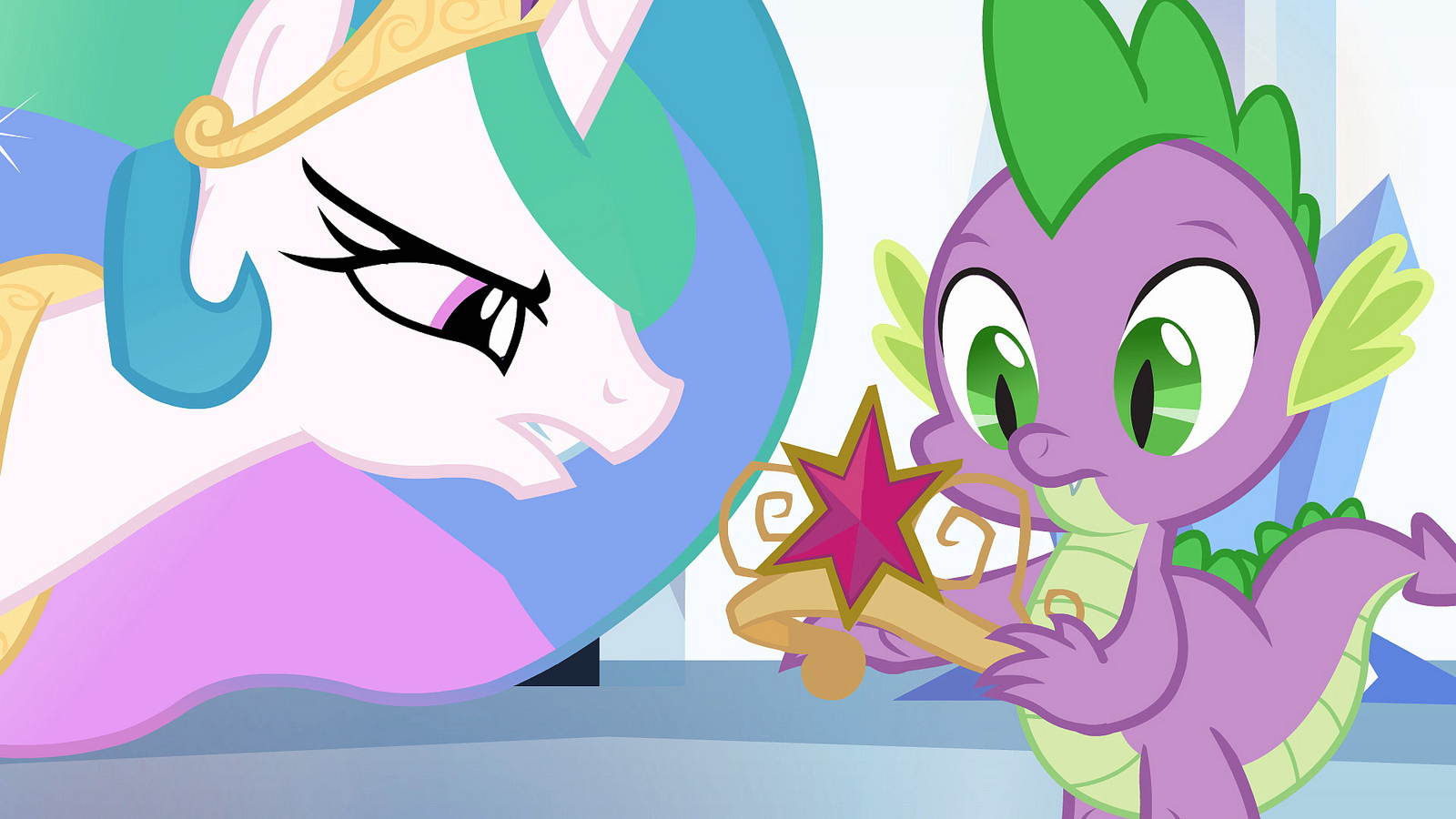
Animation-wise, what am I supposed to say? It looks great. The day I badmouth anything that former Ed, Edd n Eddy storyboarders have touched is the day I stop loving the bloody medium of animation. Equestria Girls continues the whole “smooth and well-done Flash” thing that the series proper has going for it, thanks to DHX Media taking up the animation duties here with the same love and care as they do with all the shows they tackle. It’s just quality animation, pure and simple. Same thing goes for the music as well, with Daniel Ingram composing songs that get stuck in your head just as much any from the show and William Anderson putting together a score that is just nice to listen to. Oh, and the theme song remix sounding suspiciously similar to the Alex S. remix? Coincidence? I think not, and it was one of the few subtle nods to the fanbase that I thought wasn’t just jammed in. There is literally nothing bad I can say about these two aspects, so…yeah, deal with it.
Overall, My Little Pony: Equestria Girls is a fun little movie that manages to surprise you with how heartfelt and true to the spirit of the show it actually is. Yes, the story has its flaws, the biggest one being that its existence is solely to make Hasbro money up the wazoo. But hey, so goes the world of entertainment; half the game is about making as much money as you possibly can. Plus, complaining a lot about an obvious cash grab when it turns out be an entertaining cash grab just seems stupid. At the end of the day, if you enjoy the show — especially if you hold no ill will towards the writing team for the third season — then you’ll likely enjoy this as well. Welp, back to waiting for Season Four. Hopefully, it won’t be as bad as the current wait for Legend of Korra Book Two.
P.S. – I had no problem with the Flash Sentry and Twilight Sparkle romance. And even if I did, Equestria Girls isn’t canon to the events of the show, so it doesn’t even matter.
